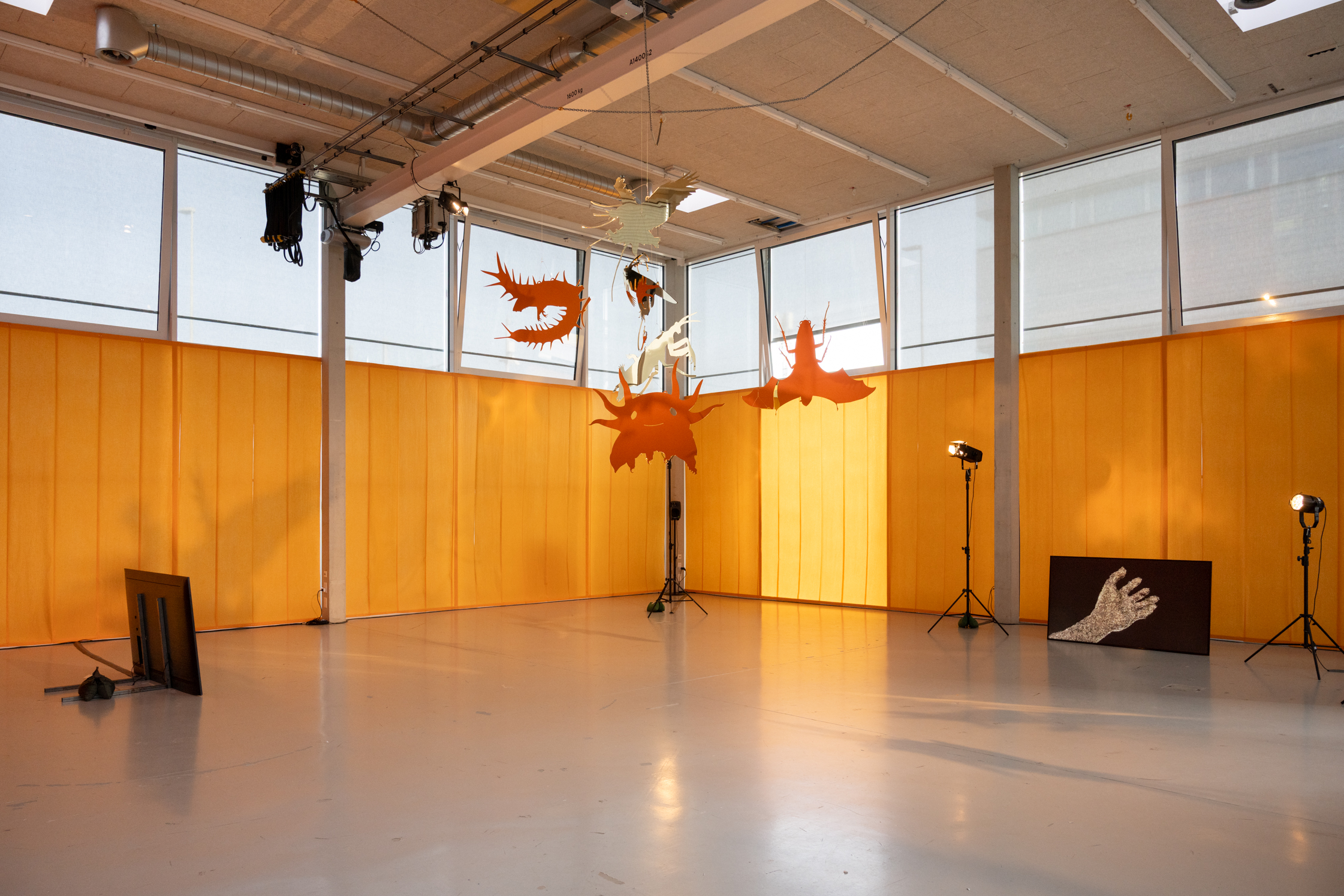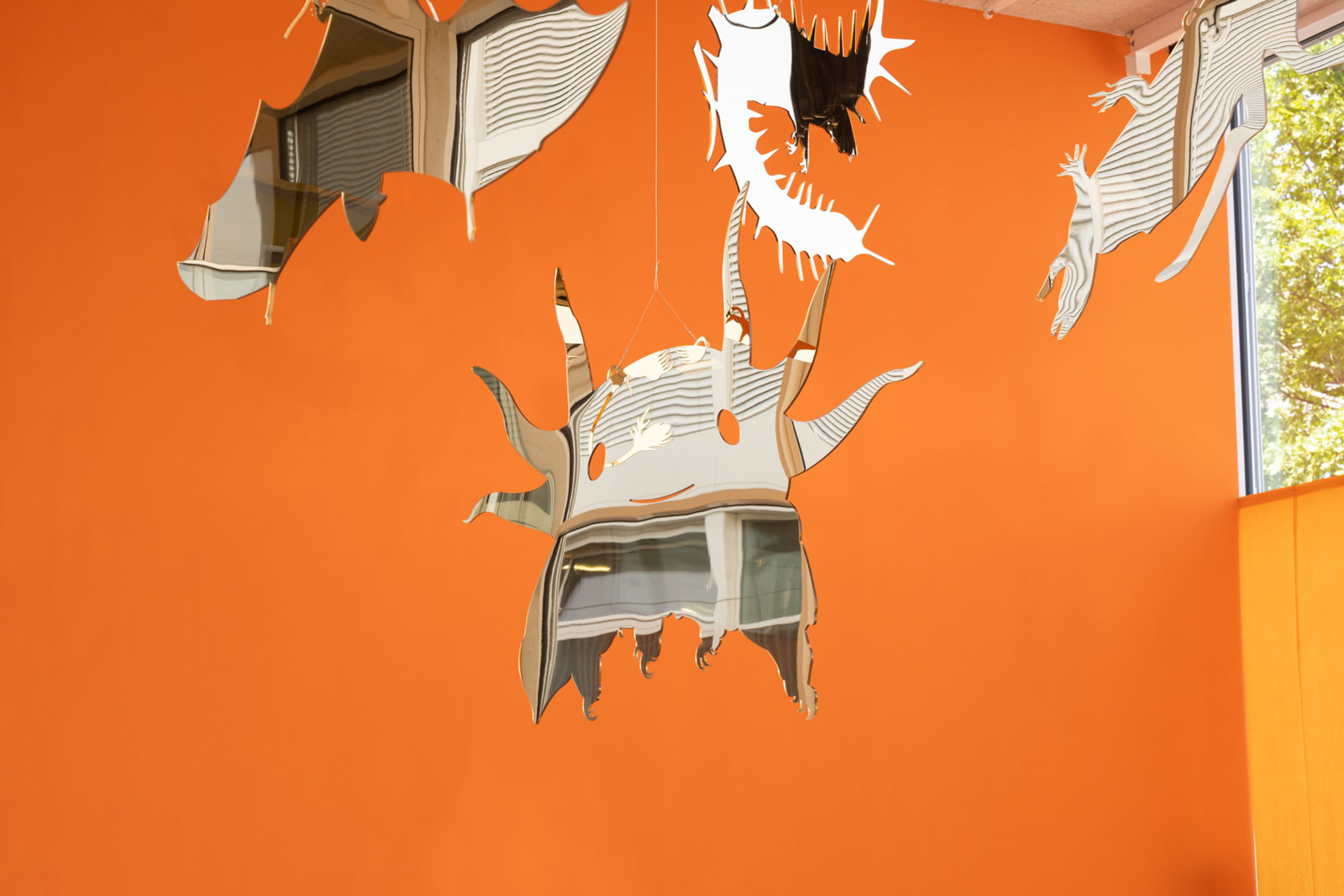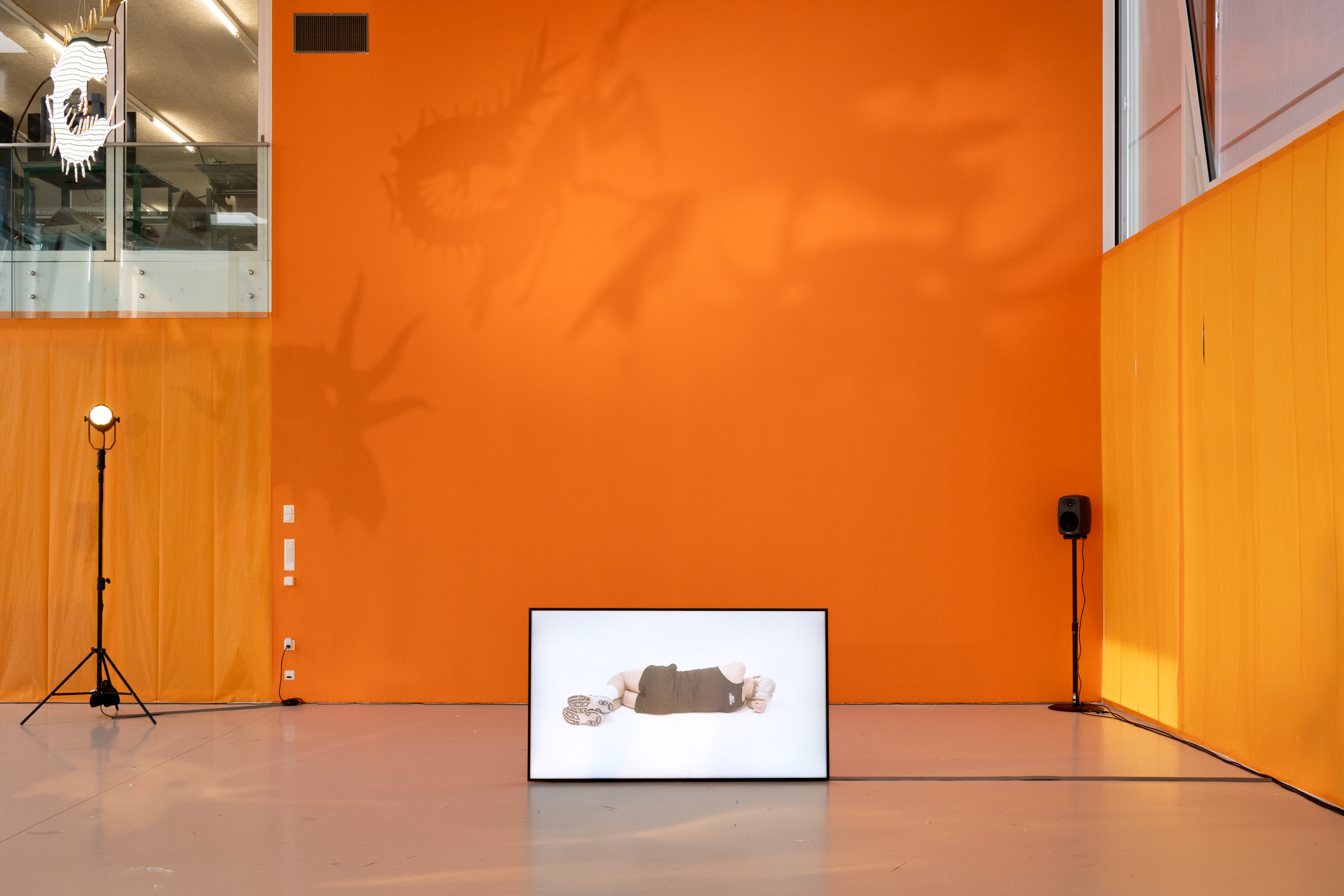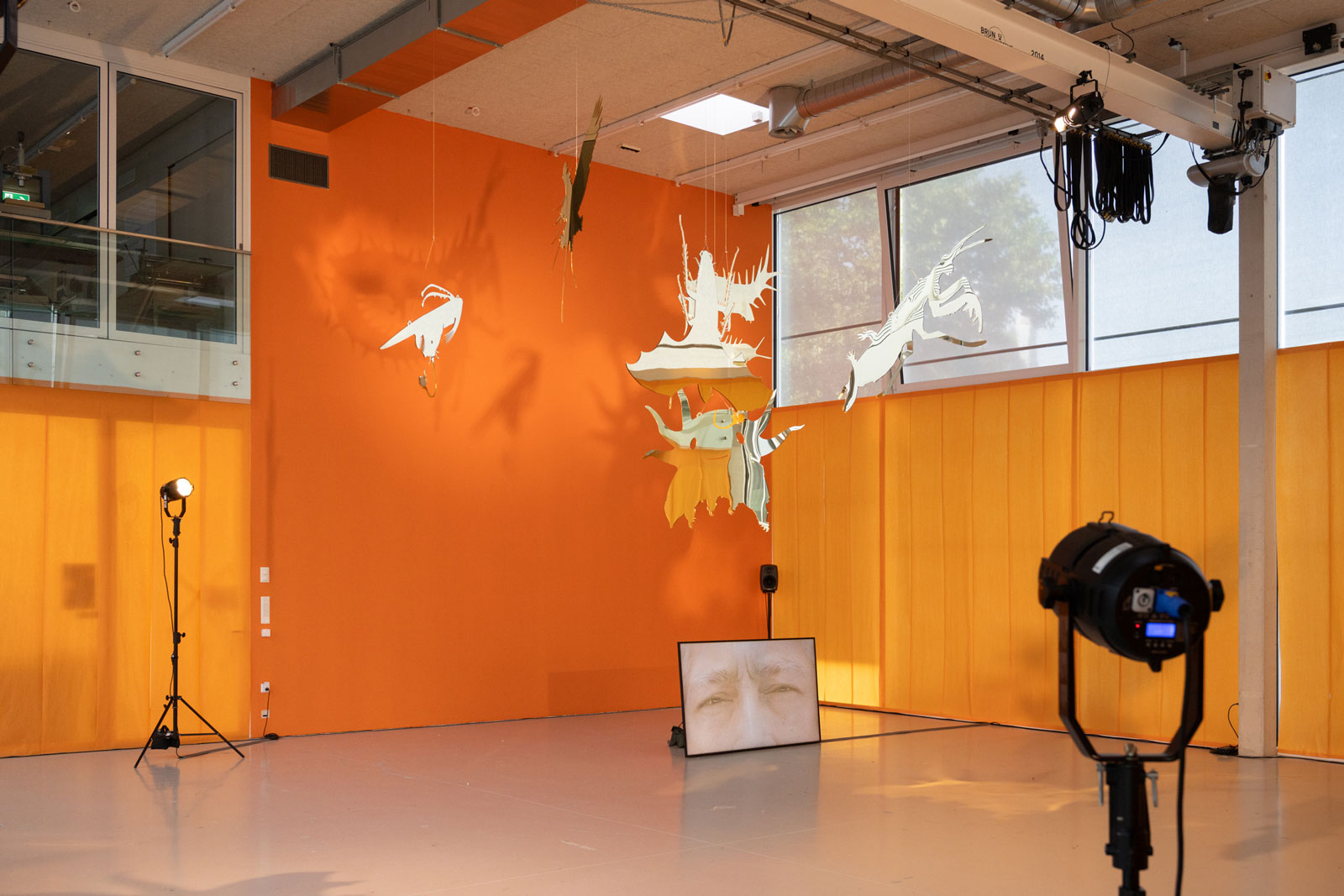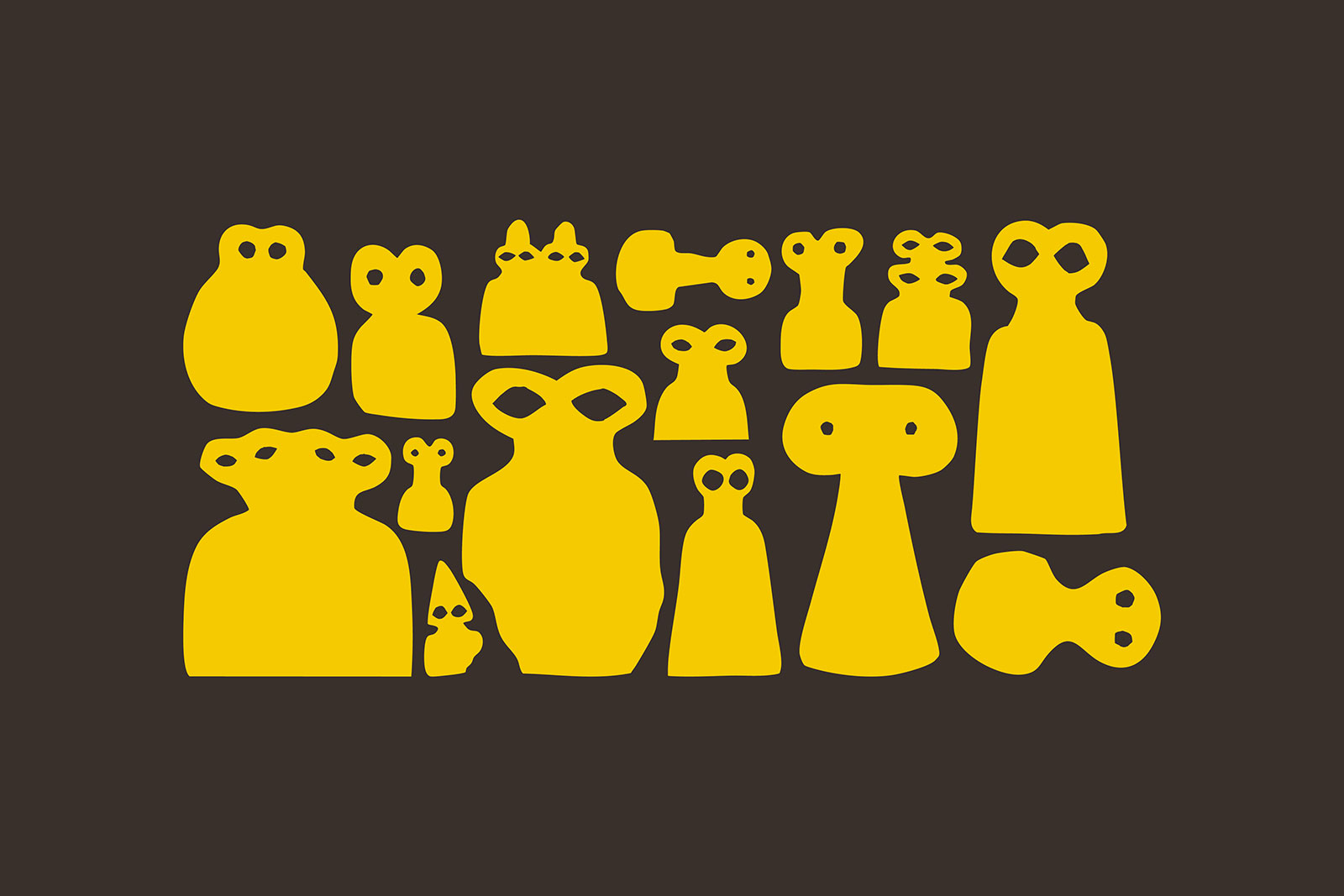→ English see below
The Commissions
Derek Tumala
Eyes Melted Gold
Natunaw na ginto ang mga mata
Kuratiert von Chus Martínez
Kuratorische Assistenz Marion Ritzmann
Ausstellung 14. – 22. Juni 2025
Special Opening
Dienstag 17. Juni 2025, 18:00 – 21:00
Als Teil von Art @Dreispitz
Dienstag 17. Juni 2025, ab 17:00
Atelier Mondial, HGK Basel FHNW mit CIVIC und der TANK, HEK, Kunsthaus Baselland
Freilager-Platz / Helsinki-Strasse, Dreispitz, Basel / Münchenstein
Öffnungszeiten
Samstag und Sonntag 14:00 – 18:00
Während der Art Basel: Mittwoch bis Sonntag 14:00 – 19:00
Und nach Vereinbarung: dertank.hgk@fhnw.ch
Wir sprechen über Postkolonialismus, als wäre es ein Phänomen der Vergangenheit. Tatsächlich ist er immer noch gegenwärtig und manifestiert sich in zahlreichen Formen: manchmal im Verborgenen, manchmal von ungeheurer Kraft wie ein Hitzschlag oder Sonnenstich. Wärme und Energie sind miteinander verknüpfte Begriffe. Mit der Erfindung von kohlebetriebenen Maschinen wurde angefangen, Wärme als Einheit, als Kraft, als Energie wahrzunehmen, die in unserer Gesellschaft so präsent war. Wärme trieb die Maschinen an, Menschen bauten Gestein ab, um die Monster zu versorgen, die unzählige Formen der industriellen Produktion ermöglichten. Energie ist die Cousine von Wärme. Hitze im menschlichen Körper wird mit Übermacht, Sexualität und Gefahr assoziiert. Energie ist sanfter. Im 19. Jahrhundert wurde der Begriff Energie durch Gesundheitsbewegungen, die sich von Amerika aus global verbreiteten, als Referenz für das Wohlbefinden verwendet: gute Energie und schlechte Energie. Heiss zu sein, gilt als begehrenswert; kalt zu sein als gefühllos. Die Energie der Erde wurde langsam auf die Menschen übertragen, in Formen, die sie vorher nicht gekannt hatten. Jetzt kehrt die Wärme zur Erde zurück. All diese Fabriken und erhitzten Menschen haben den Planeten immer weiter erwärmt, bis er so heiss wurde, dass selbst die Sonne ihre Kraft nicht mehr kontrollieren kann und zurückschlägt. Der Ursprung, das Zentrum des Lebens und des Planeten, wirkt sich physisch auf die Erdoberfläche aus und verursacht Schäden an menschlichen Körpern und allen Lebewesen.
Die Sonne ist ein zentrales Motiv in Derek Tumalas Werk und in der philippinischen Mythologie wird ihr eine symbolische und allgegenwärtige Kraft zugewiesen. Im TANK interagieren drei Arbeiten und schaffen eine halluzinatorische Atmosphäre: Fire Ants (2025), Forever Burning (2025), zwei Videos, und Animal Apocalypse (2025), eine Serie reflektierender Skulpturen, die im Raum schweben. Feuerameisen, eine invasive und auf den Philippinen nicht heimische Art, kamen im 17. Jahrhundert mit dem spanischen Handel aus Südamerika. Heute finden sie sich überall auf den Philippinen – in Küchen, Schlafzimmern, Gärten – ein heimtückisches koloniales Erbe der Kolonialzeit. Die Auswahl der Lebewesen von Animal Apocalypse basiert auf dem wissenschaftlichen Konzept des «sechsten Massenaussterbens», das wir zurzeit erleben. Dieser Ansatz impliziert, dass sich solch apokalyptische Zeiten in der Vergangenheit schon fünf Mal ereignet haben. Einige Tierarten haben denn auch eine symbolische Bedeutung: Der Axolotl, der durch steigende Wassertemperaturen bedroht ist, wird zum Beispiel dem Bärtierchen gegenübergestellt, das extreme Bedingungen überleben kann.
Eine Zusammenarbeit der 36. Ljubljana Biennale of Graphic Arts und des Institut Kunst Gender Natur HGK Basel FHNW
bienale.si
Mit speziellem Dank an Atelier Mondial
ateliermondial.com
Ebenfalls am 17. Juni 2025 findet um 13:00 die Opening Performance von Temple of Fire von Pilar Quinteros, die im Master-Studiengang des Institut Kunst Gender Natur HGK Basel FHNW studiert, in unmittelbarer Nähe des TANK statt. Das von Claudia Perren und Chus Martínez kuratierte Projekt auf dem Freilager-Platz in Basel/Münchenstein läuft bis 30. August 2025. Es ist die zweite Ausgabe von Public Art@Freilager-Platz, einer Kooperation der HGK Basel FHNW, dem HEK (Haus der Elektronischen Künste) und dem Kunsthaus Baselland.
fhnw.ch/hgk
The Commissions
Derek Tumala
Eyes Melted Gold
Natunaw na ginto ang mga mata
Curated by Chus Martínez
Curatorial assistance Marion Ritzmann
Exhibition 14 – 22 June 2025
Special Opening
Tuesday 17 June 2025, 6 – 9 pm
As part of Art @Dreispitz
Tuesday 17 June 2025, from 5 pm
Atelier Mondial, HGK Basel FHNW with CIVIC and der TANK, HEK, Kunsthaus Baselland
Freilager-Platz / Helsinki-Strasse, Dreispitz, Basel/Münchenstein
Opening hours:
Saturday and Sunday 2 – 6 pm
During Art Basel: Wednesday to Sunday 2 – 7 pm
And by appointment: dertank.hgk@fhnw.ch
We talk about postcolonialism as if it were a state of the past. But it is a condition of the present. A condition that manifests in many forms: some appear almost like ghosts, others like super powerful events, like heat or sun strokes. Heat and energy are interrelated notions. Heat began to be perceived as an entity, a force, a power so present in the social fabric with the invention of the coal-fired engines. Heat could then move machines. Humans were there to extract the mineral and nourish the monsters that would activate the million forms of industrial production. Energy is a cousin of heat. To have heat in the body means you are overpowered, sexual, dangerous. Energy is more mellow. It started being used as a concept to refer to well-being only in the 19th century with the vitalist movements that arrived from America and expanded globally; good energy and bad energy. Being hot is being desirable. Being cold is not having feelings. The energy of the Earth got slowly transmitted to the humans in forms they did not know before. Now, heat is returning to the Earth. All these factories, and all these hot humans made the planet hot, so hot that even the Sun is unable to control its power, and it strikes. The start that is the center of life, of the planet, physically impacts the Earth’s surface and all its creatures and the human bodies causing damage.
The Sun is a central figure in Derek Tumala’s work and is, as well, a prevalent and symbolic force in Philippine mythology. At der TANK, three works interact with each other to create a hallucinatory environment: Fire Ants (2025), Forever Burning (2025), two videos, and Animal Apocalypse (2025), a series of reflective sculptures suspended in the air. Fire ants, an invasive species not native to the Philippines, came during the 17th century through Spanish trade from South America. Today, they are found everywhere in the Philippines—in kitchens, bedrooms, gardens—an insidious colonial legacy. The choices of creatures in Animal Apocalypse are based on the scientific concept of the “sixth mass extinction,” which we are currently witnessing. This approach implies that apocalyptic events have occurred five times before. Some animals in this series therefore have a symbolic significance. The Axolotl, for example, endangered due to rising water temperatures, is juxtaposed with the Tardigrade, which can survive extreme conditions.
A collaboration between the 36th Ljubljana Biennale of Graphic Arts and the Institute Art Gender Nature HGK Basel FHNW
bienale.si
With special thanks to Atelier Mondial
ateliermondial.com
The opening performance of Temple of Fire by Pilar Quinteros, who studies in the master’s program of the Institute Art Gender Nature HGK Basel FHNW, will take place on 17 June 2025 at 1 pm in the immediate vicinity of der TANK. The project curated by Claudia Perren and Chus Martínez is on view at the Freilager-Platz in Basel/Münchenstein until 30 August 2025. It is the second edition of Public Art@Freilagerplatz, a collaboration between the Basel Academy for Art and Design FHNW, HEK (House of Electronic Arts Basel) and the Kunsthaus Baselland.
fhnw.ch/hgk

